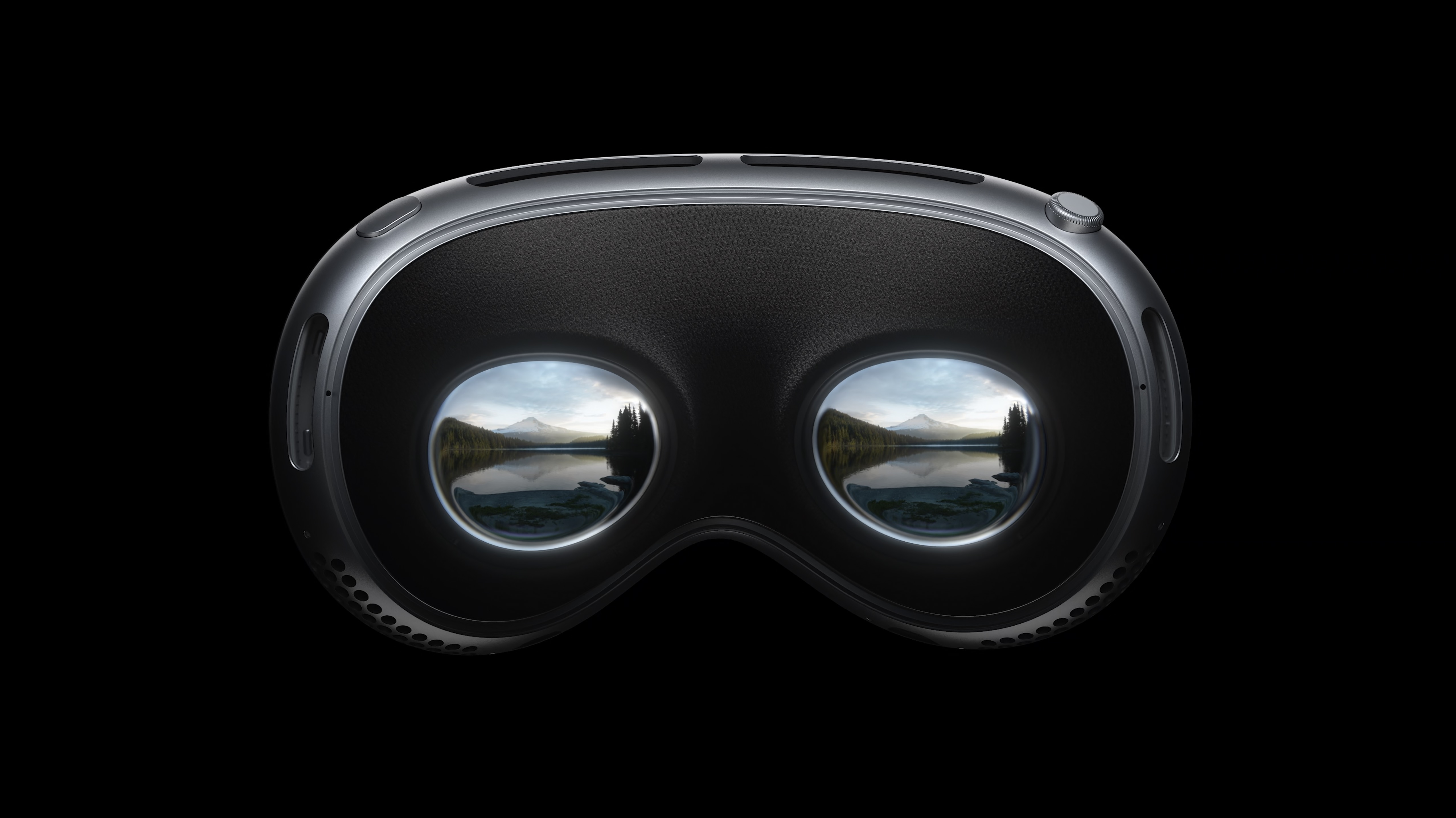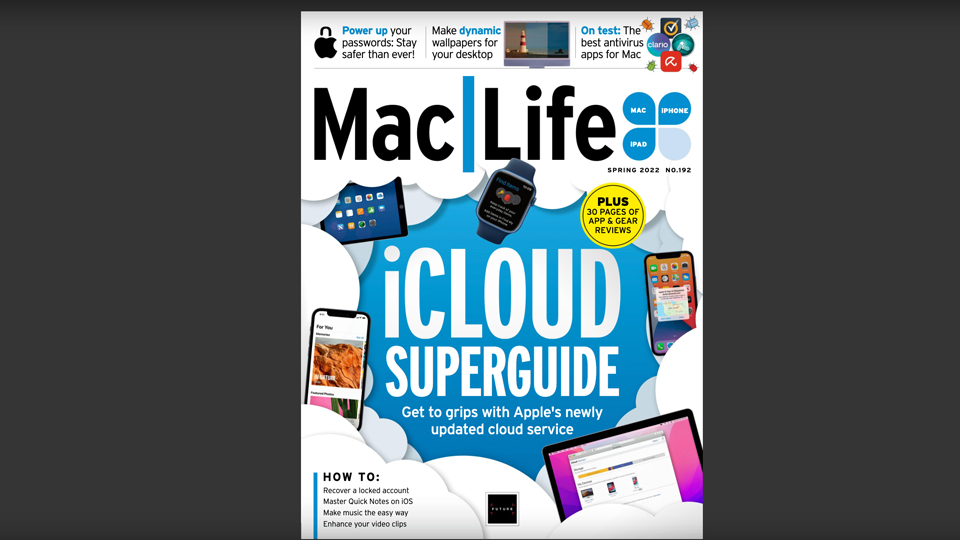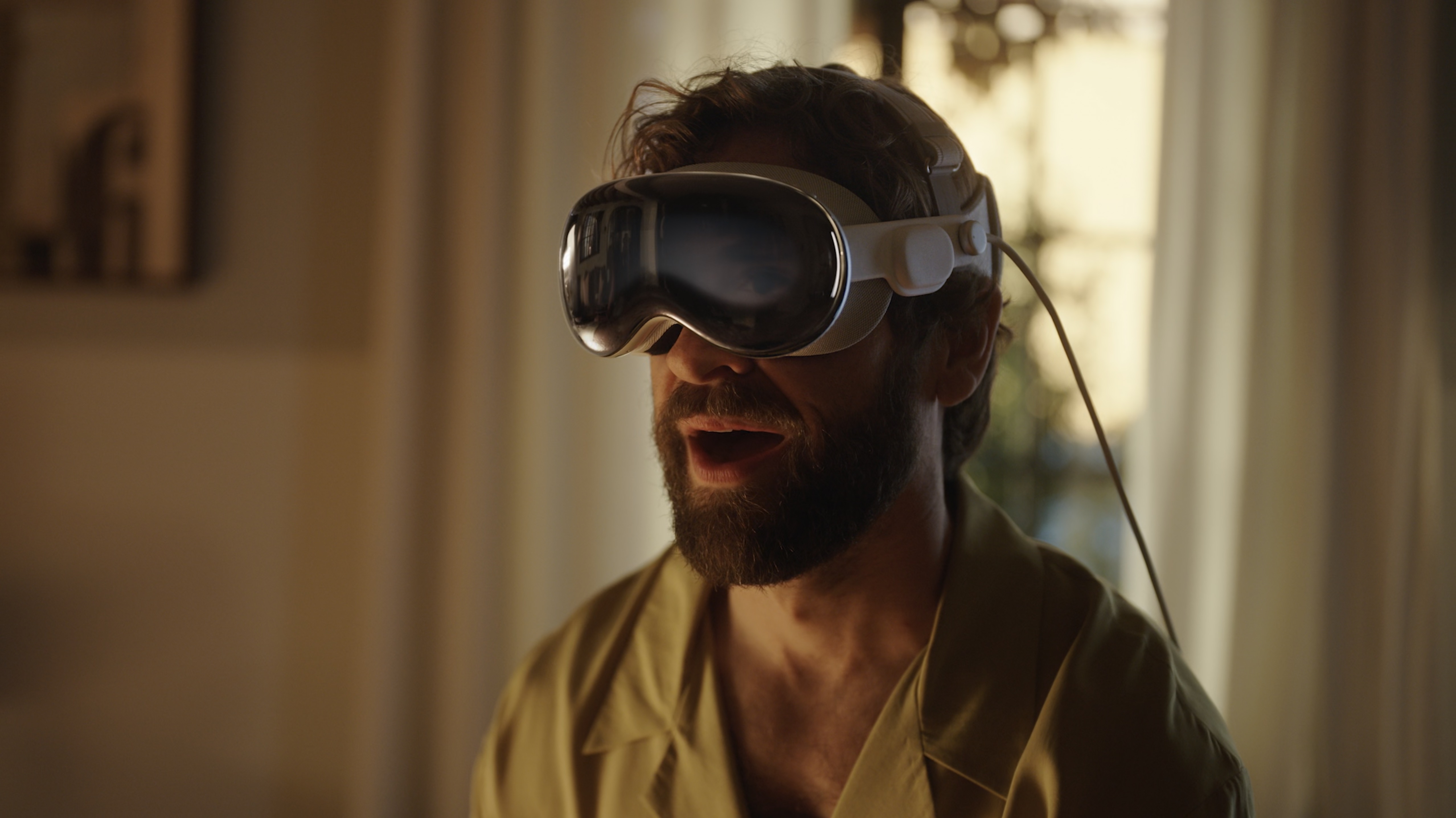Apple Vision Pro is a dev kit for the super-rich lab rat
It’s great to see that Apple is innovating again, even if I can’t afford a Vision Pro myself.


This article originally appeared in Mac|Life magazine. If you'd like to stay up-to-date on all the latest news, tips, guides and more for all things iPhone, MacBook, iPads and more, check out the latest subscription deals. Subscribe to the digital edition today from only $1.16 per issue!
And just like that, Apple is back! With a classic “One more thing” announcement from Tim Cook at WWDC 2023, Apple is once again revolutionising personal computing. The Apple Vision Pro has reignited the buzz about Apple that had died off of late. Not that it ever went anywhere really, but once Vision Pro was announced the Apple share price instantly jumped 3 dollars (before settling back down a few days later) and the media couldn’t stop shouting about it.
You can tell that the Vision Pro has been a long time in development simply by looking at how well it’s made and what it can do. It has emerged showing the sort of finesse and quality that you’d usually associate with version 3 of a product. It does look absolutely amazing, and I can’t wait to try one.
It’s like Apple launched the iPhone starting with the 3GS model instead of the original. But that comes at a price, and in this case that price is $3,499, which means I’m not going to be buying one of these on a whim.
Game Changing VR
Perhaps Apple is being clever here. By making the Vision Pro unaffordable for most people it can keep production runs low, so it can keep up with demand, while also stuffing it with more tech than a consumer version of the product actually needs so it can see what works. Do you really need creepy digital versions of your eyes staring out of the headset so people know you’re looking at them? Probably not, even if Apple says they are already getting an upgrade. If you took a lot of these unnecessary features out you could easily make a much cheaper Vision without the “Pro” in the name.
But for now Apple gets to test the product out in the real world on those early adopters for a bit longer before it goes mainstream. It gets to see how people actually use it and which features they really want before it releases a cheaper consumer version in a year’s time.

After its launch the Vision will probably settle into the same comfortable yearly upgrade cycle that the iPhone does, with Pro and standard versions mirroring the Air and Pro versions of the MacBook. In terms of hardware, I’m sure we’ll see the device become more and more slimline over the years. The ultimate goal for the Vision has to be to get it down to something the size and weight of a normal pair of glasses, and to work out a more elegant solution to the battery problem, which looks a bit like a digital colostomy bag right now.
When it comes to software, the sky's the limit for the Vision Pro. A small army of developers got their first glimpse of the headset at WWDC this June, and armed with the new development kit they’re probably already creating some stunning things to do with it. We already know that you’ll be able to share your Apple Vision Pro thanks to a guest mode and the potential for gaming is unparalleled. We also know that the accessibility features of Vision Pro could be a game changer for everyone. Bring it on!
iMore offers spot-on advice and guidance from our team of experts, with decades of Apple device experience to lean on. Learn more with iMore!
Now the headset is finally here, I’m wondering which of those other long-rumoured Apple products Tim Cook will one day announce. Everything seems possible again. I’m tempted to believe that the Apple Car will definitely materialise at some point now. That’s going to be equally amazing, and if it’s self-driving then you will probably be able to wear a Vision Pro while you’re in the driver's seat and use a virtual steering wheel at the same time!

Graham is the Editor in Chief for all of Future’s tech magazines, including Mac|Life, MaximumPC, MacFormat, PC Pro, Linux Format and Computeractive. Graham has over 25 years of experience writing about technology and has covered many of the big Apple launches first hand including the iPhone, iPad and Apple Music. He first became fascinated with computing during the home computer boom of the 1980s, during which he wrote a text adventure game that was released commercially while still at school. After graduating university with a degree in Computer Science, Graham started as a writer on Future’s PC magazines eventually becoming editor of MacFormat in 2004 then Editor in Chief across the whole of Future’s tech magazine portfolio in 2013.These days Graham enjoys writing about the latest Apple tech for iMore.com as well as Future’s tech magazine brands.
